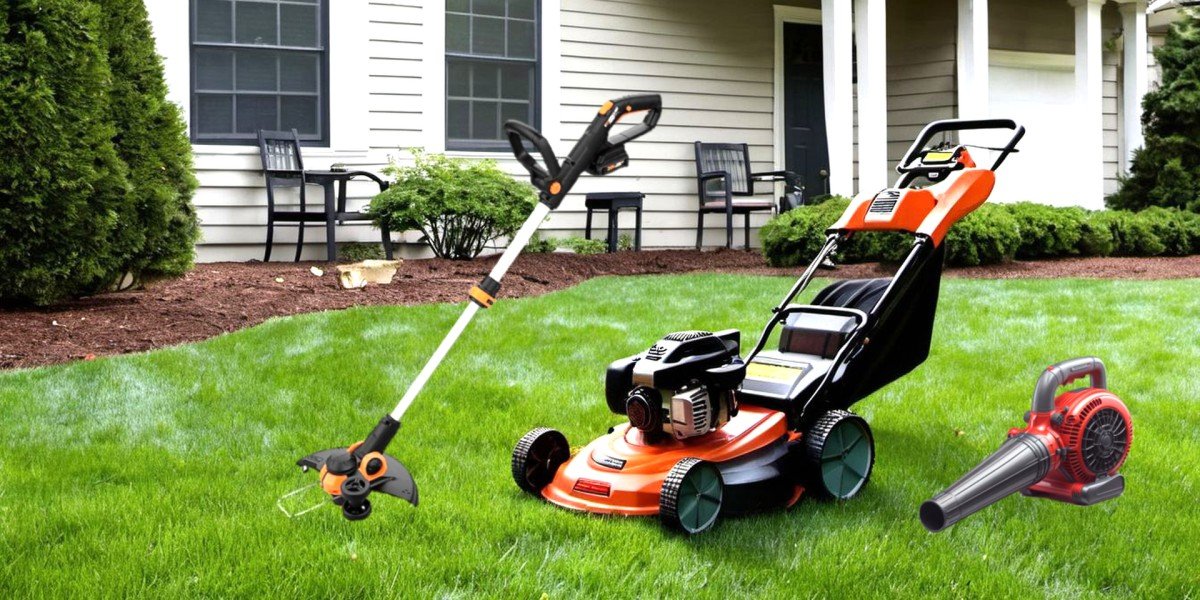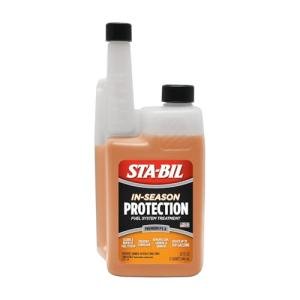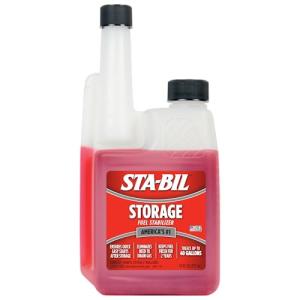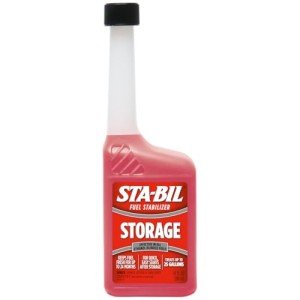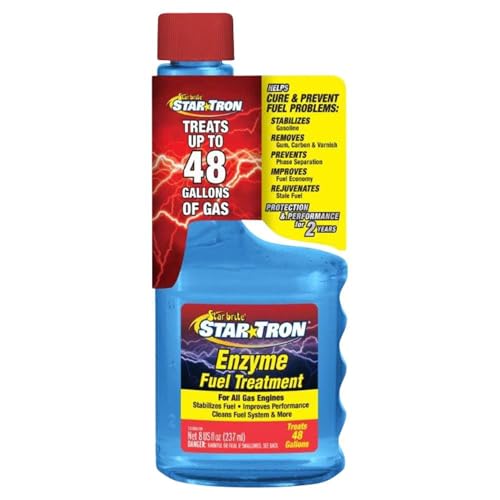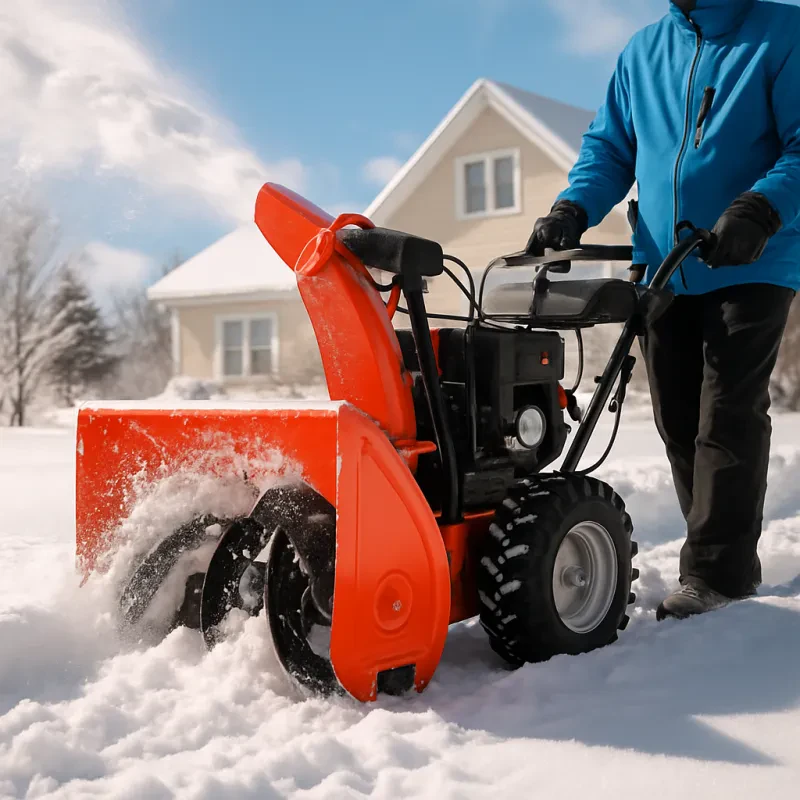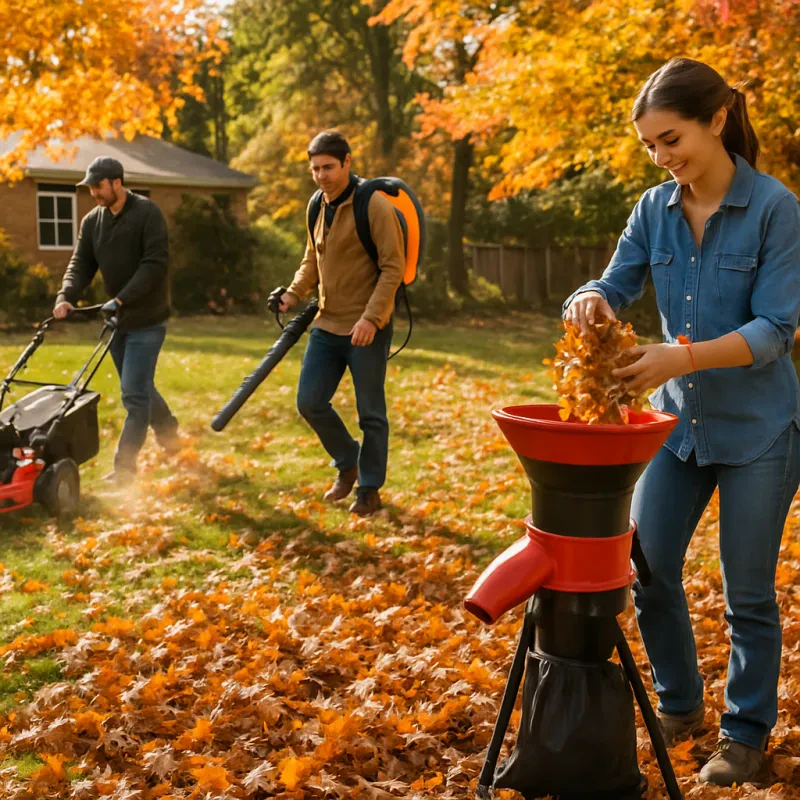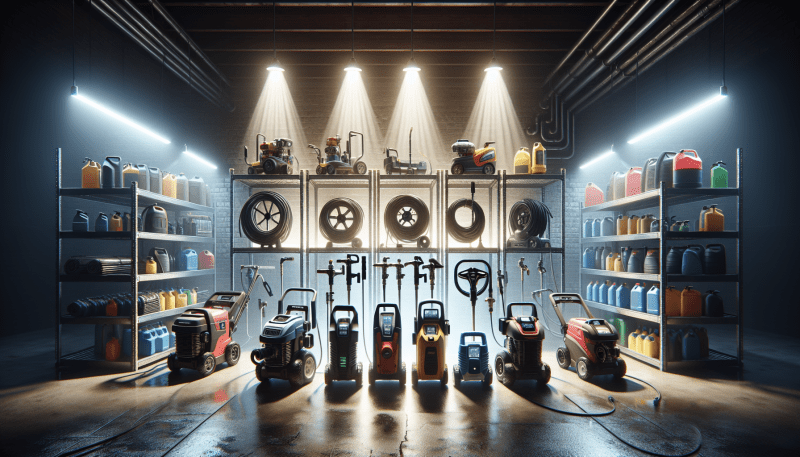Early to mid spring is the time to take stock in both the condition of your lawn and equipment you’ll be using to maintain it during the growing and mowing season. This article focuses on the most essential lawn tools and how to get them ready for use during the upcoming season.
Remember, always refer to the Manufacturer’s Operator and Maintenance Manual for the final word for any maintenance, repair, or parts replacement that you perform.
Below are just general overall recommendations that are normally done before using any outdoor power lawn tools for another season.
Lawnmowers:
1. Sharpen dull blades or replace damaged ones (all mower types)
-
- One secret to healthy grass is to cut it with a sharp mower blade as it grows. A dull blade tears the grass which leaves jagged edges that discolors the lawn and invites disease. You can find a quality mower blade sharpener HERE
- It’s also good to have a sharp backup blade on hand when you need one. To find out more about the different mower blade that are available to you, see this article – Major types of lawnmower blades
2. Remove any left over grass clumps and debris from inside the mower deck with the ultimate cleaning tool to keep it clear and free. (all mower types)
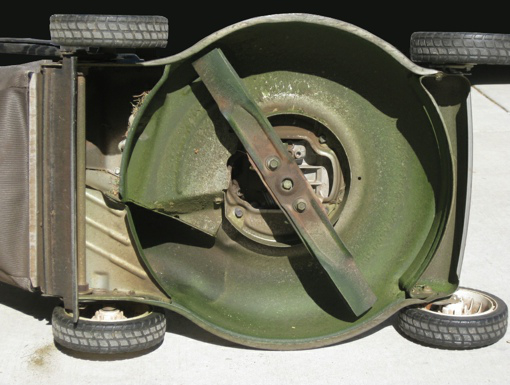 3. Do a simple engine tune-up (gas powered mowers)
3. Do a simple engine tune-up (gas powered mowers)
-
- Replace spark plug
- Air filter
- Change engine oil
- Most lawnmower tune-up kits can be found HERE
4. Add fresh gas (gas powered mowers)
-
- Unless treated with gas stabilizer before winter, any left over gas in the tank should be dumped and replaced with fresh gas. Gas during the winter months accumulates moisture that can harm small engines, especially gas that contains ethanol.
- Because most gasoline blends include harsh ethanol that wreck havoc on smaller gas engines, it’s a really good idea to use a fuel performance additive to your gas. This will extend engine life and keep it running smoothly.
String Trimmers (Weed-eaters):
Depending on the gas-powered string trimmer you own, maintenance can vary from one string trimmer model to another. Before starting any maintenance or repair, be sure you refer to the manufacturer’s instructions provided in the user’s manual.
1. Clean or change the air filter which stops dirt, dust and debris from getting inside the engine.
-
- The filter should be cleaned after every 4 hours of use.
- Consider replacing it every 100 hours of use or at the beginning of a new season.
2. Replace the cutting line. During winter storage, cutting line becomes brittle causing it to break easily during use.
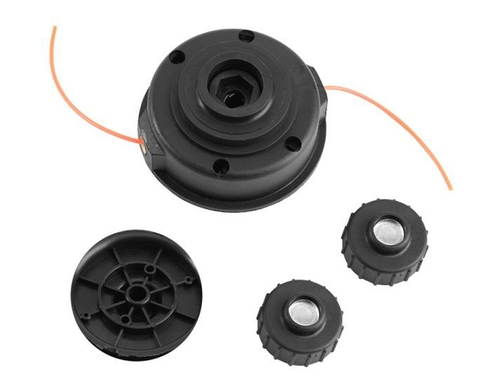
-
- Replacing line can vary depending on whether your trimmer has a single-line or dual-line spool.
- You can use precut pieces of line and rewind the spool yourself, or buy a pre-wound spool ready to go, your choice (recommend using a high quality, non-rounded string for a dramatically better cut).
3. Clean or replace the spark plug.
-
- Beginning a new lawncare season, it’s recommended just replacing the plug with a new one.
- With every month of use, you should check the condition of the plug.
4. Change the fuel filter.
-
- for most models, fuel filters can be removed and changed.
- Some fuel filters are located in the fuel line
- Other types are located inside of the fuel tank.
- Be sure to consult your owner’s manual for information about this.
- If you find debris clogging the mesh screen inside the filter, replace it.
- for most models, fuel filters can be removed and changed.
4. Clean or replace the spark arrestor.
-
- Located inside of the string trimmer engine’s muffler designed to stop hot exhaust sparks from exiting the muffler.
- It should be cleaned or replaced every 25 hours of use or once a season.
- Please Note: if your model has a fiberglass spark arrestor, replace it every 25 hours of use since this type is not designed for reuse.
5. Dump out any old gas left over (should have been stored dry) and add fresh gas with a fuel performance additive.
Leaf Blowers:
My experience with 2-cycle gas-powered leaf blowers lately is that they seem to be greatly susceptible to developing problems with ethanol based gas than other gas-powered tools. That is why I recommend using a fuel stabilizer.
1. Clean or replace the air filter.
2. Check the fuel filter and the fuel line.
-
- Replace them if necessary.
3. Flush the fuel tank of old gasoline.
-
- Refill with fresh gasoline along with a fuel performance additive.
4. Check the condition of the spark plug.
-
- Unscrew it and check the electrode gap.
- Replace it if needed.
5. Clean or replace the muffler’s spark arrest screen if necessary.
6. Check and clean the fan blades on the flywheel.
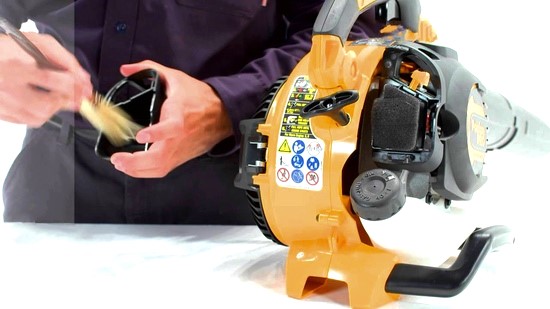
7. Clean the overall exterior surfaces of the blower.
-
- Make sure the housings are free of cracks.
8. Check the condition of the starter device, the starter cord, and the tension spring.
9. Check the throttle lock and the throttle trigger function in a safe manner.
-
- Check that the stop switch works properly.
10. Make sure all nuts and screws are properly tightened.
Whenever doing maintenance to any power tool, remember to refer to the manufacturer's user manual for further instructions.
